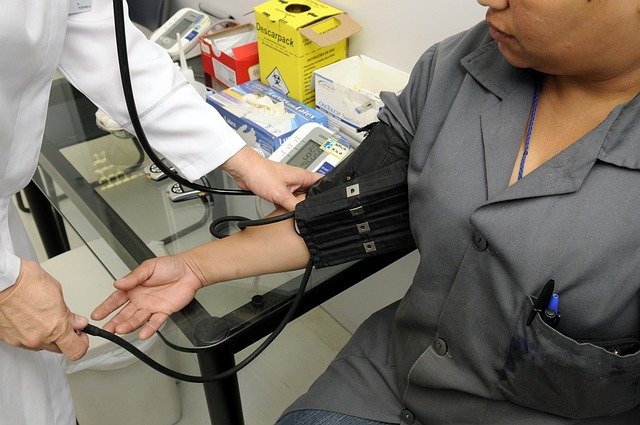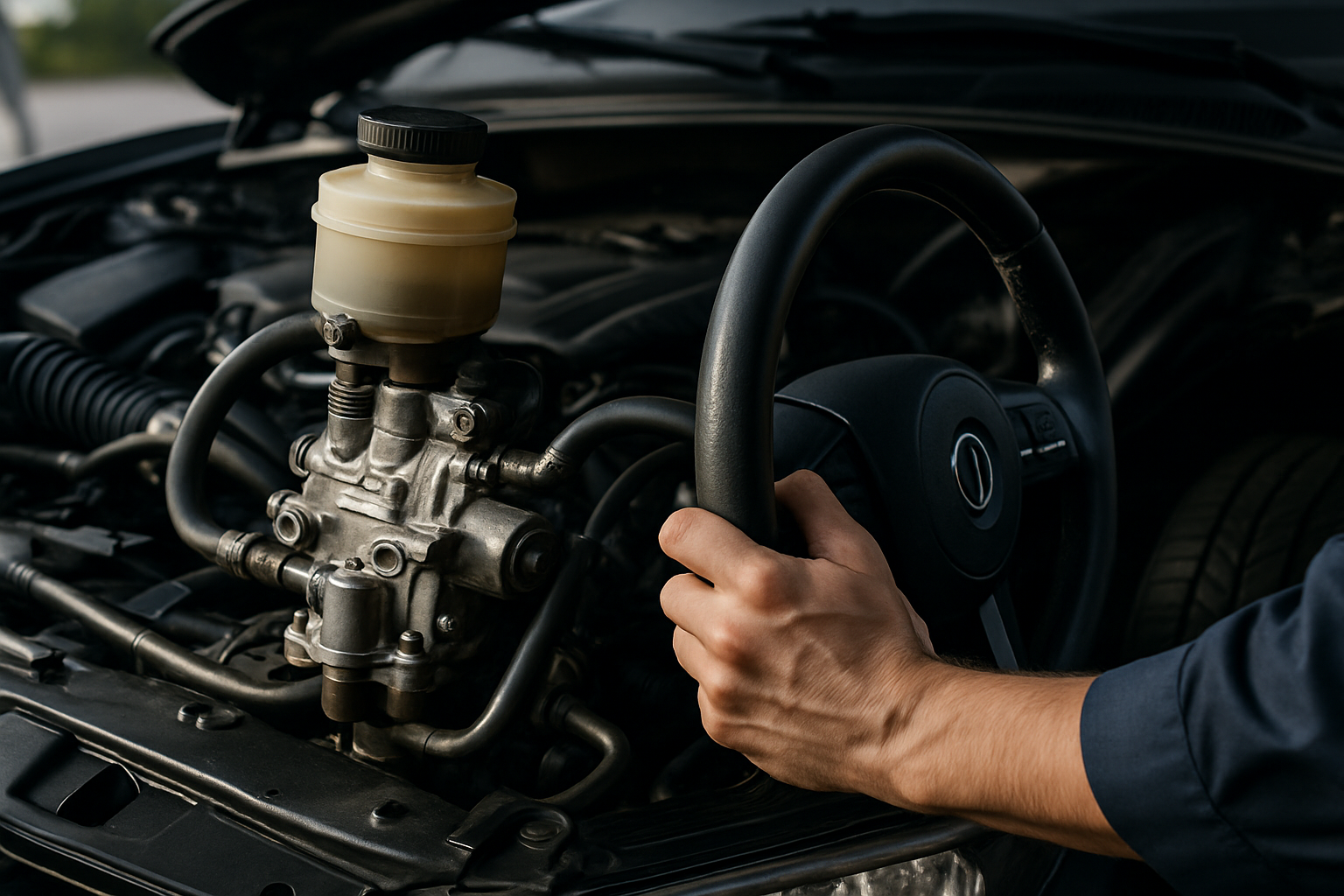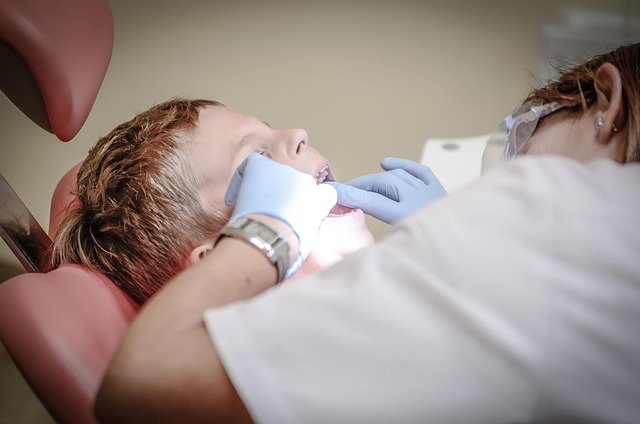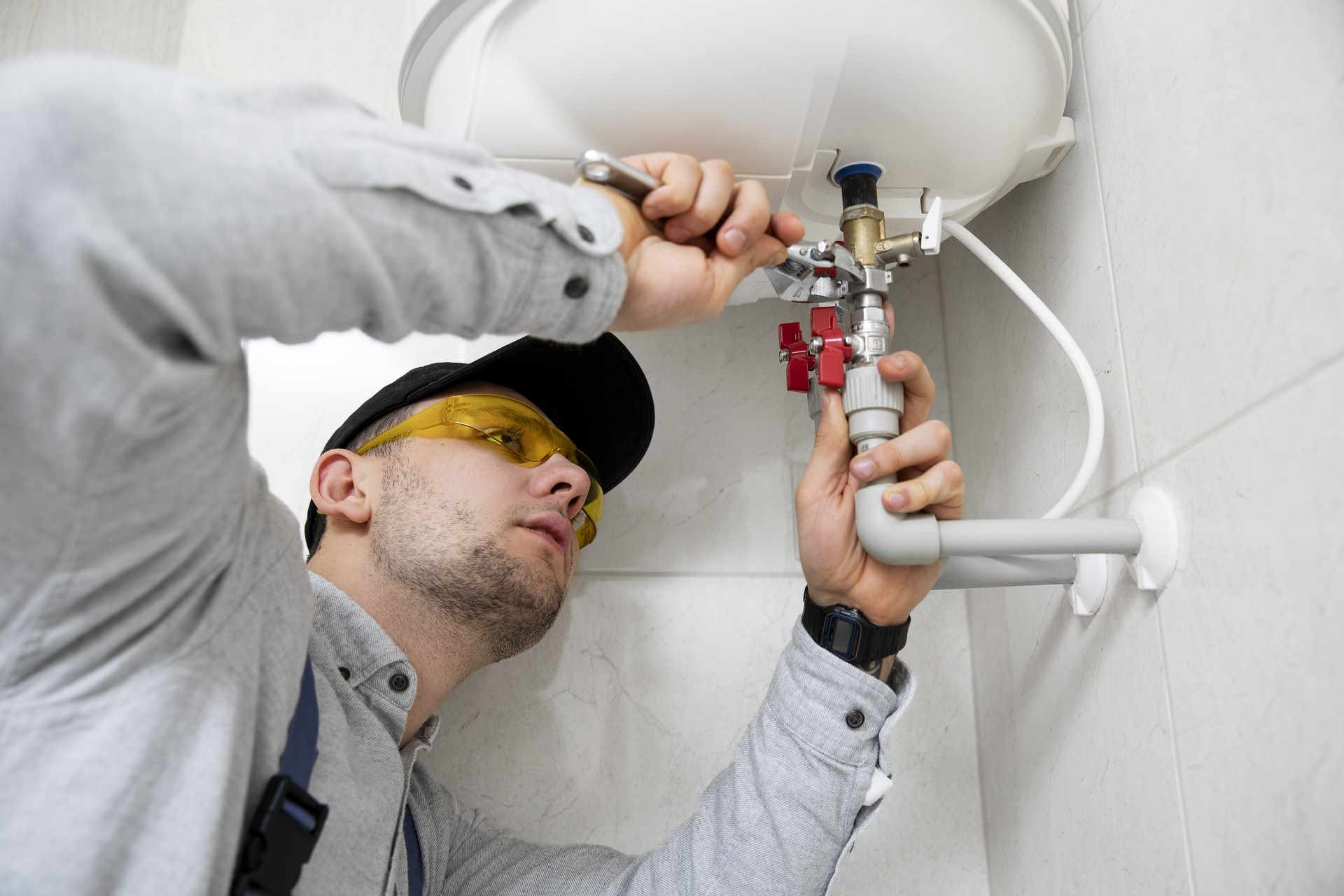Why Quality Matters: The Hidden Benefits of Premium Medical and Lab Supplies
When it comes to healthcare and research, the quality of your tools and supplies can make all the difference. Premium medical and lab supplies don’t just last longer—they deliver more accurate results, improve patient safety, and reduce costly errors. By investing in reliable equipment, professionals ensure smoother operations, greater efficiency, and ultimately better outcomes for both patients and practitioners.

Accuracy and Reliability: The Cornerstones of Quality
The primary function of any medical or laboratory equipment is to deliver accurate, consistent results. Premium medical devices are designed with superior components and more precise calibration systems that significantly reduce the margin of error in diagnostic procedures. When comparing standard glucose monitors with their premium counterparts, research shows that high-quality models demonstrate variance rates below 5%, while budget alternatives may show discrepancies of up to 15% in identical testing conditions.
Reliability extends beyond accuracy to consistent performance over time. Quality equipment maintains its calibration longer, requiring fewer adjustments and providing dependable results day after day. For critical care environments, this reliability translates directly to confidence in decision-making and treatment plans. A malfunction or inaccuracy in vital signs monitoring equipment, for instance, could lead to missed warning signs or inappropriate interventions, potentially compromising patient outcomes.
Long-Term Savings Through Smarter Investments
While premium medical equipment requires a larger initial investment, the total cost of ownership often proves lower over the equipment’s lifecycle. Higher-quality materials and construction translate to fewer breakdowns, reduced maintenance requirements, and longer service life. A comparative analysis of hospital equipment depreciation schedules reveals that premium centrifuges typically maintain operational efficiency for 8-10 years, while budget alternatives often require replacement after just 3-5 years.
Operational efficiency represents another significant cost factor. Premium equipment typically operates more efficiently, consuming less energy and requiring fewer consumables per procedure. Advanced autoclaves, for example, may utilize up to 30% less water and electricity while providing superior sterilization results. These cumulative savings in operational costs, maintenance, and replacement frequency often outweigh the higher initial purchase price within the first few years of operation.
Additionally, quality equipment generally includes more comprehensive warranty coverage and better manufacturer support, further reducing unexpected expenses when issues do arise. Many premium equipment manufacturers offer preventive maintenance programs that can extend equipment lifespan by identifying potential problems before they cause operational failures or inaccurate results.
Protecting Patients and Enhancing Trust
Perhaps the most compelling reason to invest in quality medical supplies is patient safety. Substandard equipment increases the risk of misdiagnosis, treatment delays, and even direct patient harm. For instance, poorly manufactured IV pumps may deliver incorrect medication dosages, while lower-quality surgical instruments might fail during critical procedures.
Beyond physical safety, quality equipment builds trust with patients and referring physicians. Modern patients are increasingly knowledgeable about healthcare technology and often notice when a facility uses outdated or visibly inferior equipment. This perception influences patient confidence in the overall quality of care they receive. Healthcare facilities that invest in premium equipment often report higher patient satisfaction scores and stronger referral relationships with other providers.
For healthcare professionals, working with reliable, high-performance equipment reduces frustration and improves job satisfaction. Clinicians can focus on patient care rather than troubleshooting equipment issues or questioning test results. This enhanced work environment supports staff retention and reduces costly turnover.
Comparative Analysis of Medical Equipment Quality Tiers
| Equipment Category | Standard Grade | Premium Grade | Key Differences | Estimated Lifespan Difference |
|---|---|---|---|---|
| Diagnostic Imaging | Basic models with essential functions | Advanced systems with higher resolution and additional features | Superior image quality, faster acquisition, reduced radiation exposure | Premium: 10-15 years, Standard: 5-8 years |
| Laboratory Analyzers | Manual or semi-automated systems | Fully automated systems with advanced quality control | Higher throughput, reduced human error, remote monitoring capabilities | Premium: 8-12 years, Standard: 4-6 years |
| Patient Monitors | Basic vital sign monitoring | Comprehensive monitoring with wireless capabilities | Improved accuracy, integration with EMR systems, advanced alarm management | Premium: 7-10 years, Standard: 3-5 years |
| Surgical Equipment | Standard materials and design | Ergonomic design with advanced materials | Better precision, reduced surgeon fatigue, faster procedures | Premium: 10+ years, Standard: 3-7 years |
Prices, rates, or cost estimates mentioned in this article are based on the latest available information but may change over time. Independent research is advised before making financial decisions.
Making Informed Equipment Purchase Decisions
Healthcare administrators and laboratory managers must weigh multiple factors when making equipment purchasing decisions. While budget constraints are real, decision-makers should consider implementing a total value assessment approach rather than focusing exclusively on purchase price. This methodology evaluates equipment based on multiple criteria including performance specifications, maintenance requirements, consumables costs, expected lifespan, and compatibility with existing systems.
Strategic planning for equipment acquisition should include phased replacement schedules that prioritize the most critical systems for premium purchases while making more economical choices for less essential applications. Working with vendors to arrange flexible financing options, such as leasing or cost-per-test models, can also make premium equipment more accessible without requiring large capital outlays.
The healthcare industry’s shift toward value-based care models further reinforces the importance of quality equipment. As reimbursement increasingly ties to patient outcomes and efficiency metrics, the accuracy and reliability provided by premium equipment become direct contributors to financial performance as well as clinical excellence.
This article is for informational purposes only and should not be considered medical advice. Please consult a qualified healthcare professional for personalized guidance and treatment.




